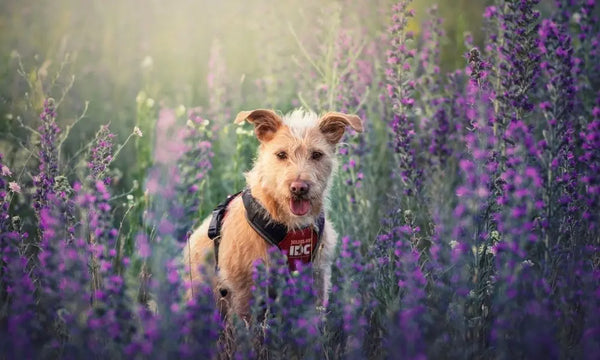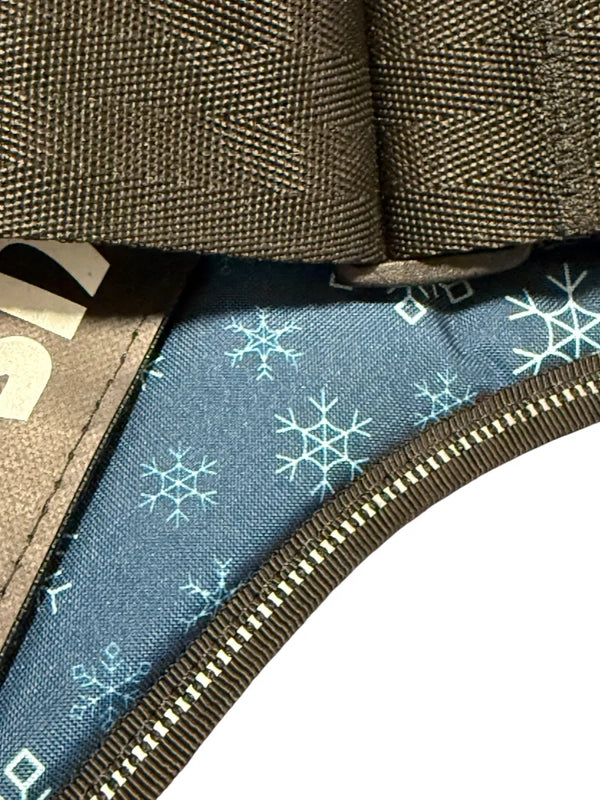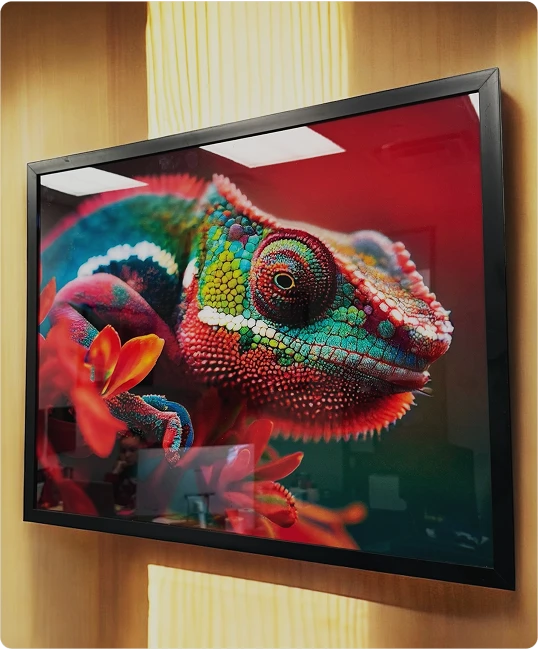
Everything You Should Know About Dog Training
Training your dog comes with various benefits, like better behavior and increased bonding time for the two of you. But before teaching your dog—whether with obedience train, agility, protection, or something else—you need to know where to start. Take note of everything you should know about dog training so you and your furry friend can keep the process enjoyable!
Start Training Early
When you bring your adorable puppy home, you’re going to give it a fitting name. And this name is the first thing you teach your dog. Many dog trainers stress this, and rightfully so. When your canine knows its name, it also knows what to respond to anytime it’s called. Should you adopt an older dog, don’t rename it since this could lead to confusion.
Aside from its name, there are other commands to teach your furry addition before you can get into any specialized training or fun tricks. First, you need to house train your furry friend and ensure it knows what you expect. Your dog needs to know:
- The house rules: Decide what rooms, furniture, or behaviors are off-limits.
- Basic commands: Teach your dog to sit, stay, down, and other basic orders.
- Social etiquette: When you run into another dog, don’t tolerate aggression.
- Walking rules: Your pup shouldn’t tug on the leash.
- Crate training: You may want your pooch to stay in a crate at night and when you’re out, so teach it how to behave in one.
Working on these while your pooch is young prevents the chances of it learning and adopting bad behaviors as it grows. Just like children, puppies are impressionable. Avoid confusion by laying down the law early on.
Don’t Overdo it
Never overdo training sessions with your puppy. Not only will it lose interest, but it may also stop retaining the information, which could lead to frustration on both ends. And when you’re getting started, keep training sessions brief and to the point. Also, remember to end each training session on a positive note by showering your pup with love and treats.
Pro Pet Tip
Training is a journey. Sometimes you may feel overwhelmed or like things are impossible. You may even want to give up if you’re dealing with a rambunctious, hard-to-manage puppy, but you have to persevere. Dog training is a challenge for all owners, and you don’t have to do it alone. Once your puppy is old enough, enroll then in obedience school!
Settle On a Training School
Before your dog can learn any specialized training, it needs to pass obedience school, so pick one out. It’s best to do some research on the classes offered in your area since you’ll need to decide what’s best for your pup. While many dogs do fine in group classes, not all canines benefit from it. Some thrive in private lessons, and others need doggy boot camp!
Group training also gives you the chance to find four-legged friends for your puppy. Socializing your puppy with other animals at a young age helps it learn new behaviors and lessen the risk of social or behavioral problems later in life.
The Types of Training
Also, think about how you’ll reinforce behaviors in your dog. Taking the breed into consideration with this is a priority. If your furry friend is a rescue and you don’t know the exact breed, consider consulting a trainer for their opinion.
The breed matters and affects whether you use alpha training, positive reinforcement, or another method. Why? Because different breeds exist for various tasks and have different personalities. In other words, some are more sensitive than others and may react poorly to something like alpha training. When your dog feels uncomfortable, it is less likely to pick up on what you’re trying to teach it.
Understand Doggy Language
Dogs communicate differently than people. For starters, they’ll sniff to gather scent and information. Dogs can collect information on mood, health, and so much more just by sniffing one another! But dogs also communicate and understand one another through body language, so you should pick up on these non-verbal cues. During training sessions, watch for:
- Tucked ears or tails: When a dog’s ears are back, or its tail appears tucked, it could signal stress or discomfort.
- Tail wagging: This could mean excitement, but if it’s twitch-like movement, it could mean your dog’s on alert.
- Posture: Different posture sends different signals, such as a bow often means “let’s play.”
- Eye contact: A stressed dog avoids eye contact, but a hard stare could mean something is wrong or a sign of aggression.
By understanding dog language, listening to your dog becomes easier. Training shouldn’t feel forced for either of you since it’ll lead to frustration and other problems. And this can become a bigger problem with different types of training. For example, if you are training a guide dog and it seems afraid of the leash or harness at first, then slowly introduce it. If you’re looking for the best place to buy professional working dog gear, then shop at Julius K9—all of our equipment is top quality!
Stay Consistent
Consistency is vital to successful training. Make sure everyone in the household uses the same commands, so your dog doesn’t get confused. You may want to write out each command to make sure everyone remains on the same page.
Pro Pet Tip
When you start training your puppy, sit down with your household and agree on the verbal order for each command. Rather than say “no” when your dog does something wrong, get specific so that your canine understands what behavior is inappropriate. Otherwise, you’ll end up saying “no,” whether your dog’s chewing on shoes or jumping on company. Keep commands clear and consistent.
Remain Realistic
As you consider everything you should know about dog training, remember to set realistic goals, whether you’re working with a puppy or adult dog. Set up a timeline and list of commands that make sense and seem achievable. Remember, your dog’s not going to learn everything in a week.
Another thing to keep in mind is that your pooch may resort to old behaviors throughout the training process, which is perfectly normal. Potty training, for instance, could take months for a puppy to understand fully; so, even when you think your dog understands, it may not. But the good news is that any dog can and will learn as long as you put in the time and effort—yes, even old dogs can learn new tricks.
Training your dog takes time, and it isn’t always easy. Some days are better than others, but if you persevere, you’ll put your pup on the right track. Remember to communicate with your dog, remain consistent, and set realistic goals. As you shop for harnesses, collars, leashes, and other training-specific equipment, check out Julius K9! Get ready to learn as a duo, and remember that you and your furry friend are a team!




